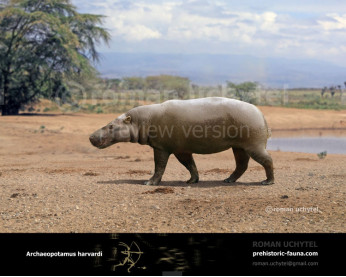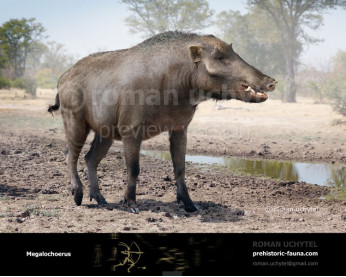Elomeryx
202133202133Elomeryx (†Elomeryx (Marsh, 1894))
Order: Artiodactyla
Suborder: Whippomorpha
Infraorder: Ancodonta
Family: †Anthracotheriidae
Time period: during the Middle Eocene–Early Oligocene (Europe, Asia and North America)
Size: 150 cm in length, 65 cm in height, 70-120 kg of weight
Type species: †Elomeryx armatus
Elomeryx armatus (Ancodus brachyrhynchus or Hyopotamus armatus) is an extinct genus of artiodactyl ungulate, and is among the earliest known anthracotheres. Five-toed manus and four-toed pes helps determine which toes disappear in later ungulate taxa. The genus was extremely widespread, first being found in Asia in the middle Eocene, in Europe during the latest Eocene, and having spread to North America by the early Oligocene. The closest living relatives of the Elomeryx are said suids, and hippopotamids (and cetaceans). It was about 1.5 metres in body length, and had a long, vaguely horse-like head. It had small tusks which it used to uproot plants, and spoon-shaped incisors ideal for pulling and cropping water plants. It probably had similar habits to the modern hippopotamus, to which it may have been related.
Elomeryx (†Elomeryx (Marsh, 1894))
Order: Artiodactyla
Suborder: Whippomorpha
Infraorder: Ancodonta
Family: †Anthracotheriidae
Time period: during the Middle Eocene–Early Oligocene (Europe, Asia and North America)
Size: 150 cm in length, 65 cm in height, 70-120 kg of weight
Type species: †Elomeryx armatus
Elomeryx armatus (Ancodus brachyrhynchus or Hyopotamus armatus) is an extinct genus of artiodactyl ungulate, and is among the earliest known anthracotheres. Five-toed manus and four-toed pes helps determine which toes disappear in later ungulate taxa. The genus was extremely widespread, first being found in Asia in the middle Eocene, in Europe during the latest Eocene, and having spread to North America by the early Oligocene. The closest living relatives of the Elomeryx are said suids, and hippopotamids (and cetaceans). It was about 1.5 metres in body length, and had a long, vaguely horse-like head. It had small tusks which it used to uproot plants, and spoon-shaped incisors ideal for pulling and cropping water plants. It probably had similar habits to the modern hippopotamus, to which it may have been related.

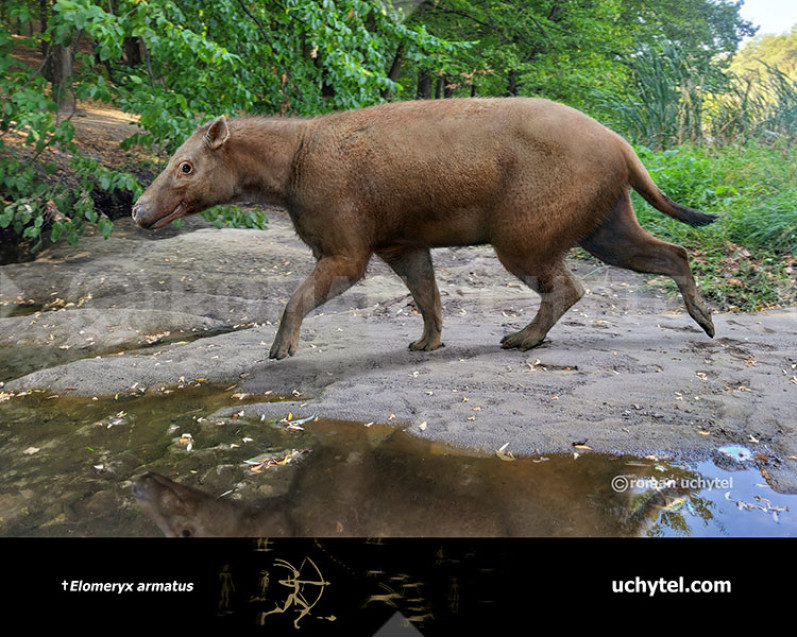
-797x638.jpg)
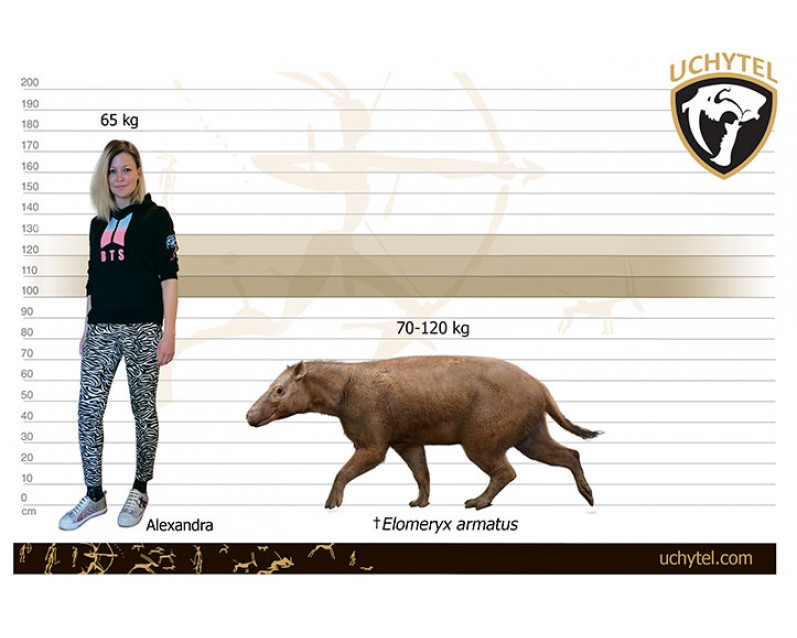

-70x56.jpg)

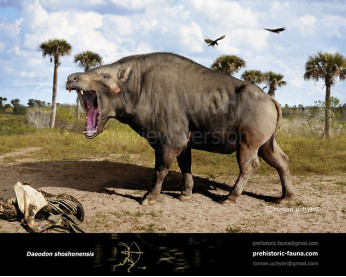
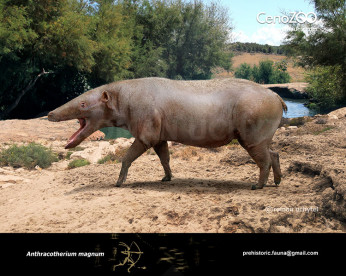

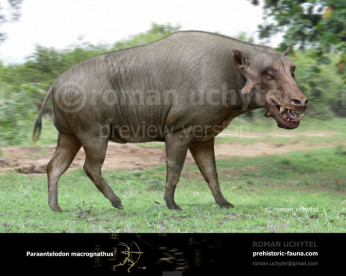
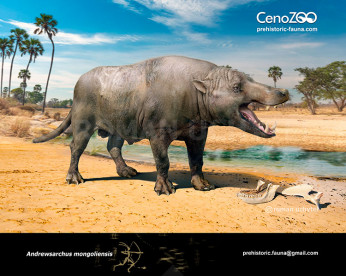
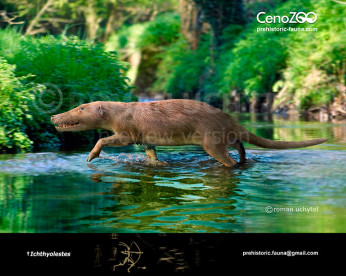
-346x277.jpg)

